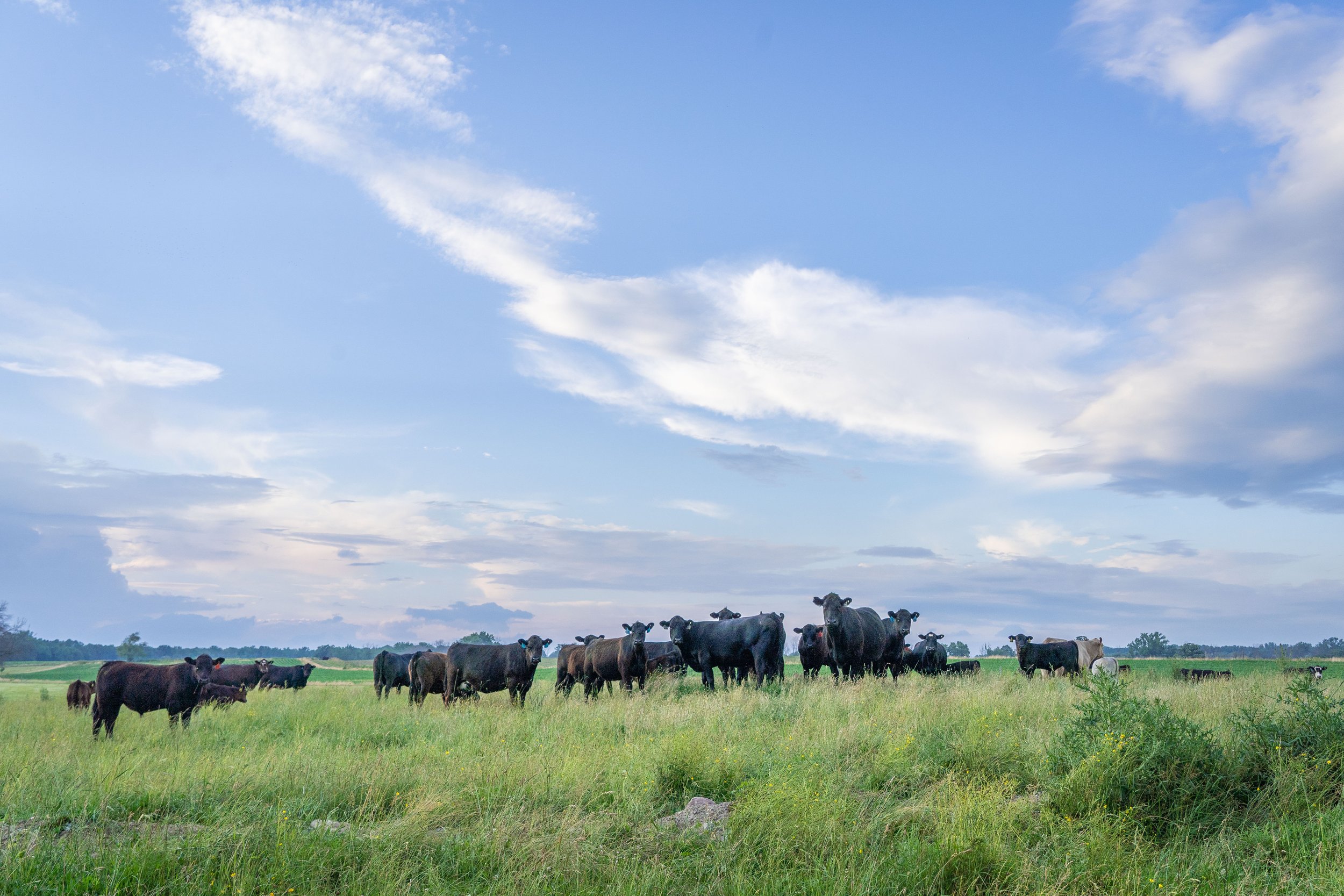Equip Your Organization: Bagley Risk Management Insights
Equip Your Organization: Bagley Risk Management Insights
Blog Article
Recognizing Animals Danger Security (LRP) Insurance Coverage: A Comprehensive Guide
Browsing the world of animals threat protection (LRP) insurance policy can be a complex undertaking for many in the agricultural field. From how LRP insurance coverage operates to the different protection alternatives available, there is much to reveal in this extensive guide that can possibly form the means livestock manufacturers approach risk monitoring in their organizations.

Just How LRP Insurance Policy Functions
Periodically, comprehending the auto mechanics of Livestock Danger Defense (LRP) insurance can be complicated, yet breaking down just how it functions can supply quality for farmers and breeders. LRP insurance is a risk monitoring device developed to protect animals producers versus unexpected rate decreases. The policy permits producers to set a coverage degree based upon their particular needs, picking the number of head, weight array, and protection rate. Once the policy remains in place, if market costs fall below the protection price, manufacturers can sue for the distinction. It's crucial to note that LRP insurance coverage is not a revenue assurance; instead, it focuses only on cost risk protection. The coverage period normally varies from 13 to 52 weeks, supplying adaptability for producers to select a duration that aligns with their production cycle. By using LRP insurance, breeders and farmers can alleviate the monetary dangers related to rising and fall market value, making certain higher stability in their procedures.
Eligibility and Protection Options

When it pertains to coverage alternatives, LRP insurance offers producers the flexibility to pick the insurance coverage degree, insurance coverage period, and endorsements that best suit their threat administration needs. Coverage levels generally vary from 70% to 100% of the expected ending worth of the insured livestock. Manufacturers can also choose protection periods that align with their manufacturing cycle, whether they are guaranteeing feeder cattle, fed livestock, swine, or lamb. Endorsements such as price danger security can better personalize insurance coverage to protect against negative market changes. By understanding the qualification criteria and insurance coverage alternatives readily available, animals manufacturers can make informed decisions to handle danger properly.
Pros and Disadvantages of LRP Insurance
When reviewing Livestock Threat Security (LRP) insurance, it is crucial for livestock manufacturers to weigh the disadvantages and benefits inherent in this danger administration tool.

One of the key benefits of LRP insurance coverage is its ability to offer protection against a decrease in animals costs. In addition, LRP insurance offers a level of adaptability, allowing producers to personalize coverage levels and plan durations to match their details demands.
One limitation of LRP insurance is that it does not safeguard against all types of dangers, such as condition this contact form outbreaks or natural calamities. It is important for manufacturers to meticulously examine their specific risk direct exposure and monetary circumstance to establish if LRP insurance policy is the appropriate threat management tool for their operation.
Understanding LRP Insurance Premiums

Tips for Making Best Use Of LRP Perks
Optimizing the benefits of Animals Threat Defense (LRP) insurance needs strategic planning and proactive danger administration - Bagley Risk Management. To take advantage of your LRP insurance coverage, consider the following ideas:
On A Regular Basis Evaluate Market Conditions: Stay informed regarding market fads and rate fluctuations in the livestock industry. By monitoring these aspects, you can make enlightened choices concerning when to purchase LRP insurance coverage to secure against potential losses.
Establish Realistic Protection Degrees: When choosing protection degrees, consider your production expenses, market worth of animals, and possible threats - Bagley Risk Management. Setting realistic coverage levels guarantees that you are adequately safeguarded without paying too much for unnecessary insurance policy
Expand Your Insurance Coverage: Instead of depending only on LRP insurance coverage, take into consideration expanding your danger monitoring approaches. Integrating LRP with other risk monitoring tools such as futures contracts or options can offer extensive insurance coverage against market uncertainties.
Evaluation and my site Change Coverage On a regular basis: As market problems change, periodically evaluate your LRP protection to ensure it straightens with your current threat exposure. Changing insurance coverage levels and timing of purchases can aid enhance your threat protection approach. By following these ideas, you can take full advantage of the benefits of LRP insurance policy and secure your livestock procedure versus unexpected risks.
Verdict
To conclude, livestock threat protection (LRP) insurance is a beneficial device for farmers to take care of the monetary threats related to their livestock operations. By recognizing how LRP works, eligibility and coverage choices, as well as the benefits and drawbacks of this insurance, farmers can make educated decisions to secure their resources. By very carefully considering LRP costs and executing methods to maximize advantages, farmers can alleviate potential losses and guarantee the sustainability of their operations.
Livestock producers interested in obtaining Livestock Threat Defense (LRP) insurance policy can discover a variety of qualification standards and coverage choices customized to their details livestock procedures.When it comes to protection choices, LRP insurance offers producers the adaptability to pick the coverage level, insurance coverage period, and recommendations that finest match their danger management needs.To realize the complexities of Animals Danger Protection (LRP) insurance coverage fully, comprehending the factors affecting LRP insurance coverage costs is essential. LRP insurance policy costs are established by various components, including the coverage level picked, the anticipated price of animals at the end of the insurance coverage period, the type of livestock being guaranteed, and the length of the insurance coverage period.Evaluation and Adjust Coverage Regularly: As market problems alter, regularly review your LRP protection to ensure it aligns with your present danger direct exposure.
Report this page